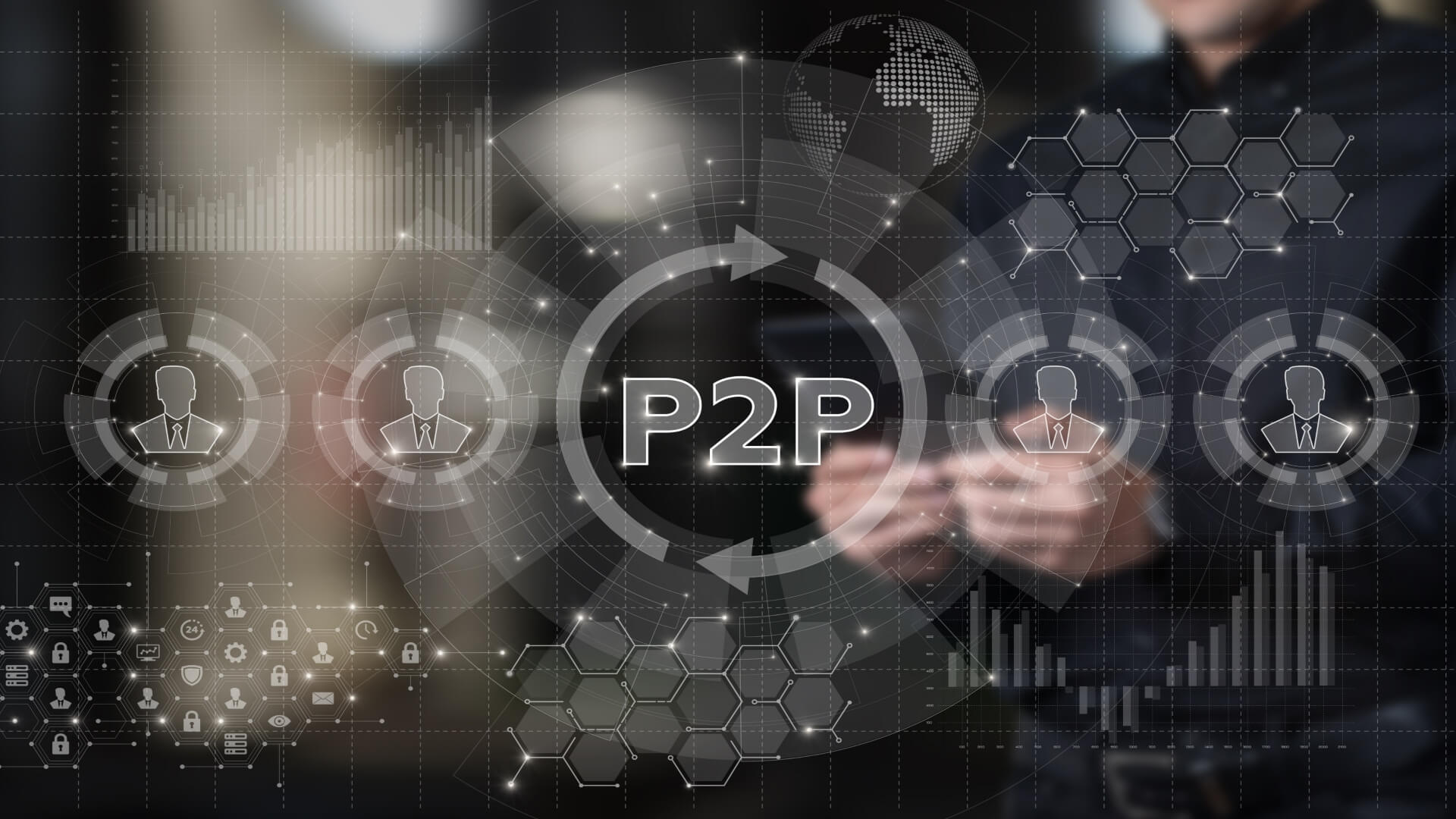Peer-to-Peer lending is a form of lending in which borrowers and lenders connect with one another without the involvement of traditional lending institutions.
Data collected by Research and Market shows that global peer-to-peer (P2P) lending market grew from $107.84 billion in 2022 to $143.64 billion in 2023 at a compound annual growth rate (CAGR) of 33.2%
In this decade peer-to-peer lending has gained significant importance over the traditional lending institution. In this blog post we will understand what Peer-to-Peer lending, How it works, we will also discuss the pros and cons of peer-to-peer lending in the present era.
How Peer-to-Peer Lending Works
P2P lending operates through online platforms, employing a straightforward process that connects borrowers and lenders. From the borrower’s perspective, they register on a P2P lending platform and submit a loan request, specifying the asked quantum and purpose.
On the lender’s side, they join the platform, review available loan rosters, and choose the ones they wish to fund. Once a borrower’s loan is completely funded, the finances are transferred, and the borrower repays the loan with interest over a predetermined period.
Lenders, in turn, admit their star and interest payments, earning returns on their investment.
Pros of Peer-to-Peer Lending:
Accessibility and Convenience
P2P lending provides borrowers with an easy and accessible means of carrying loans. It eliminates the complications and physical visits associated with traditional loan operations, enabling borrowers to pierce finances fluently.
Potential for Lower Interest Rates:
One of the appealing aspects of P2P lending for borrowers is the eventuality of lower interest rates compared to traditional lenders. By bypassing the middlemen, borrowers may secure loans at more competitive terms.
Diversification Opportunities for Lenders:
P2P lending presents lenders with the occasion to diversify their investment portfolios. They can distribute their investments across multiple loan rosters, thereby spreading the threat and potentially adding their returns.
Transparency and Control:
Both borrowers and lenders profit from the transparency and control offered by P2P lending platforms. Borrowers have a clearer understanding of the loan terms and can negotiate better rates, while lenders have the autonomy to choose loans aligned with their threat forbearance and investment pretensions.
Potential for Higher Returns:
Investors seeking options to traditional investment vehicles may find P2P lending appealing. With interest earned from loan disbursements, lenders have the eventuality to induce enticing returns, frequently surpassing those offered by conventional savings accounts or bonds.
Cons of Peer-to-Peer Lending:
Default Risk and Potential Loss:
As with any lending exertion, there’s a threat associated with borrower defaults. However, lenders may witness a loss of their top investment, If borrowers fail to repay their loans. Assessing borrower creditworthiness and diversifying investments can help alleviate this threat.
Regulatory Oversight and Investor Protection:
P2P lending operates within a nonsupervisory geography that’s still evolving. The lack of established regulations can affect limited oversight and investor protection. Investors must exercise proper care and elect trustworthy platforms with robust threat operation practices.
Limited Recourse in Default Situations:
In the unfortunate event of borrower dereliction, lenders may encounter difficulties in recovering their finances. The process of debt collection can be time-consuming and may not guarantee full payment, potentially leading to financial losses.
Potential for Fraud and Unreliable Platforms:
Given the online nature of P2P lending, users face the threat of encountering fraudulent schemes or unreliable platforms. It’s pivotal for borrowers and lenders to exercise caution, conduct thorough research, and choose secure platforms with a proven track record.
Limited Options for Borrowers with Poor Credit History:
While P2P lending offers availability, individuals with poor credit histories may face challenges in securing loans through this channel. P2P platforms generally estimate borrower eligibility grounded on credit assessments, making it more arduous for those with bad credit records.
Conclusion:
Peer-to-Peer lending has disintegrated the traditional lending geography by fostering direct connections between borrowers and lenders.
It presents advantages similar to availability, implicit interest rate savings for borrowers, diversification openings for lenders, transparency, and the potential of advanced returns.
Still, it also carries risks, including dereliction of enterprises, the need for nonsupervisory clarity, limited expedient, and the possibility of encountering fraudulent platforms.
As with any financial decision, thorough research and informed decision- making is vital when engaging in P2P lending.
Author
Stacy Dubovik
Financial Technology and Blockchain Researcher
Stacy joined ScienceSoft in 2020, bringing in her expertise in large-scale digital transformation projects and practical knowledge of the finance domain. Stacy frames ScienceSoft’s service offerings and technology guides in corporate finance, BFSI, DeFi, and blockchain. She works side by side with business analysts, software architects, and developers to help create innovative solutions that bring unique client value. Stacy continuously monitors customer expectations and technology trends in the BFSI market and explores the newly-emerging fintech and blockchain products.





















